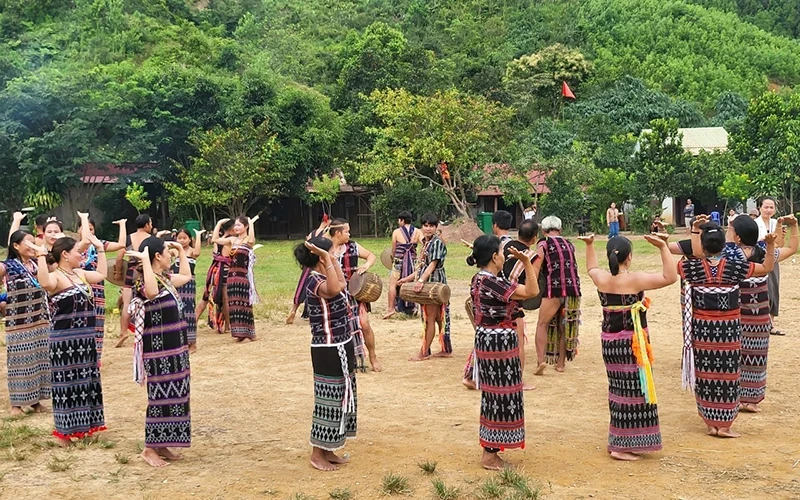
Cultural institutions is a concept used to refer to cultural agencies and units established by the State and social communities according to the provisions of law and regulations of the industry to meet the people's needs for cultural enjoyment and creation. Cultural institutions not only include physical facilities but also converge factors such as management personnel, organization, funding and operating regulations. The operation of cultural institutions helps cultural values to be transmitted, continued, and spread, ensuring the people's cultural needs.
The "cultural face" of a community, nation, or ethnic group can be easily identified from the system of cultural institutions such as: Stadiums, theaters, cinemas, museums, libraries, cultural and art exhibition centers, performing arts centers, etc. Cultural institutions contain unique values in architecture, fine arts, and history, and at the same time reflect the level of cultural development of the community and ethnic group through each historical period.
From another perspective, cultural institutions are a bridge to promote the spirit of national solidarity because these are places where community activities or meaningful events of each locality often take place. The appeal of cultural events or products attracts many people to participate and from here, each individual loves and is more proud of the culture of their homeland and country, and if given the right opportunity, they will become "ambassadors" to bring national culture to the world .
For many years, our Party and State have always paid attention to and prioritized resources for building and perfecting the system of cultural institutions. Since 1998, in the Resolution of the 5th Central Committee, Session VIII, our Party has clearly identified the need to improve the quality of operations of existing cultural institutions. At the 13th National Party Congress, the goal was set to build and promote cultural values and the strength of the Vietnamese people, emphasizing the innovation and perfection of cultural institutions from the Central to the grassroots levels, ensuring effectiveness.
General Secretary Nguyen Phu Trong, in his speech at the National Cultural Conference in November 2021, directed the issue of building cultural institutions to create a foundation for the development of the cultural industry and international integration. The Government's strategy for developing Vietnamese culture with a vision to 2030 sets out 10 targets, of which the target on cultural institutions determines that by 2030, 100% of provincial and district administrative units will strive to have cultural and sports centers, and 100% of commune-level administrative units will have cultural houses.
Over the past years, implementing the policies of the Party and State, we have built a relatively comprehensive and synchronous system of cultural institutions from the central to the grassroots level, from urban to rural areas, mountainous areas and islands. Libraries, museums, theaters, cinemas, exhibition centers, cultural and artistic performance centers, stadiums, etc. have been invested in construction and repair to become more spacious and modern. Some facilities meet international standards. The State and the cultural sector prioritize spending more budget to build cultural infrastructure. As of early 2024, the country has 66 provincial-level cultural institutions, including cultural centers, cultural and artistic centers, and cinema cultural centers; 98% of districts have cultural-sports centers or cultural houses, 77% of communes, wards and towns have cultural and sports centers and 76% of villages, hamlets and villages have cultural houses.
This is a cultural infrastructure system that brings many benefits to people in their daily life, creativity, practice and enjoyment of culture, thanks to which national cultural values are spread, promoting their strength and beauty in life. Not only that, the cultural institutional system also plays a pivotal role in organizing propaganda activities for local political and social tasks. These facilities are tools for Party leaders and local authorities to disseminate the viewpoints, guidelines, policies and laws of the Party and State to the people.
Thanks to these regular and timely connections, many shortcomings and obstacles were quickly cleared up, people were provided with information about the process of building and developing the country, promptly identified the sabotage plots of hostile elements, and felt secure in working and producing, contributing to the cause of industrialization and modernization of the country.
In addition, the Planning of the cultural and sports facilities network for the period 2021-2030 with a vision to 2045 is being completed. Currently, 42 provinces and cities nationwide have planned land for the construction of cultural and sports facilities. These are important foundations for culture to take off, fulfilling its mission in nurturing the spiritual life of the people as well as enriching the country's economy.
Despite the encouraging achievements, in reality, the cultural institutional system still has many shortcomings. The most obvious are the lack of uniformity, small scale, lack of connection, and failure to meet the increasing needs of the people. While some cultural institutions have been invested in expensively but operate ineffectively, degrade quickly, and even abandoned, some well-functioning institutions are built on limited land, with outdated equipment, making it difficult to organize large events to serve the people.
In Hanoi and some localities, many art units are called theaters but in reality do not have a "house" to "sing", often having to rent a performance venue. The cinema system can hardly compete with foreign invested cinema systems in terms of grandeur, scale and modern equipment. At the grassroots level such as villages, hamlets, communes and wards, many cultural and sports centers operate at a low level with simple and sketchy content, due to limited funding and weak professional apparatus.
There are many reasons for the above shortcomings, such as: The system of legal policies, guidance documents, and implementation regulations is still general, not connected, not synchronous, and does not pay attention to the specific characteristics of some cultural fields. This leads to a situation where some localities are confused in implementation, "each person does their own thing". Socialization is encouraged, but due to the lack of specific instructions, many places have negative manifestations, "circumventing the law" for personal gain. The salary and treatment regime for cadres and employees in the field is not suitable, which is also the reason why cultural institutions operate ineffectively.
In early May, the workshop “Policies and resources for the development of cultural and sports institutions” chaired by the National Assembly’s Committee on Culture and Education, in coordination with the Ho Chi Minh National Academy of Politics, the Central Propaganda Department, the Ministry of Culture, Sports and Tourism, and Quang Ninh province focused on a group of key solutions related to planning cultural and sports institutions in a synchronous, modern, unique, effective direction, ensuring fairness and meeting people’s needs.
Accordingly, the National Assembly will focus on researching and perfecting investment policies for the development and operation of the cultural and sports institutions system, including public investment policies, investment policies under the public-private partnership model and socialization policies; other preferential policies such as investment support, especially in terms of land, taxes, and credit capital in the construction of cultural and sports facilities, and encouraging economic sectors to participate in investment and development.
This shows that the legal basis for developing cultural institutions is increasingly being improved, but it is still necessary to emphasize the awareness of leaders at all levels in each locality about the role of cultural institutions. Only when clearly seeing the potential and strength of the cultural infrastructure system, each locality will proactively develop appropriate cultural development strategies, both promoting cultural identity values and promoting creativity and cultural enjoyment among the people, turning culture into a driving force for local economic development.
Strengthening leadership and direction with the goal of innovating and improving the quality and efficiency of the system of cultural institutions, thereby discovering and replicating typical models suitable for the subjects of each region, area, locality, and suitable for different age groups. In localities with specific characteristics such as mountainous and island areas, remote areas, and ethnic minority areas, there must be appropriate methods for the operation of cultural institutions. Only then can these infrastructures truly become attractive destinations for people.
The issue of operating costs for cultural institutions also needs to be given more attention, through focused and key investments, avoiding waste and dispersion. Effectively monitor the activities of cultural institutions, actively mobilize social resources so that all social components can join hands to build and perfect the system of cultural institutions at the grassroots level. Special attention needs to be paid to the issue of human resources because this is a key factor in cultural development. Review, arrange, and organize human resources to be streamlined and effective. Human resource training must be strengthened and continuously updated with new skills so that the system of civil servants and public employees in cultural institutions can meet the requirements in the current period.
Source



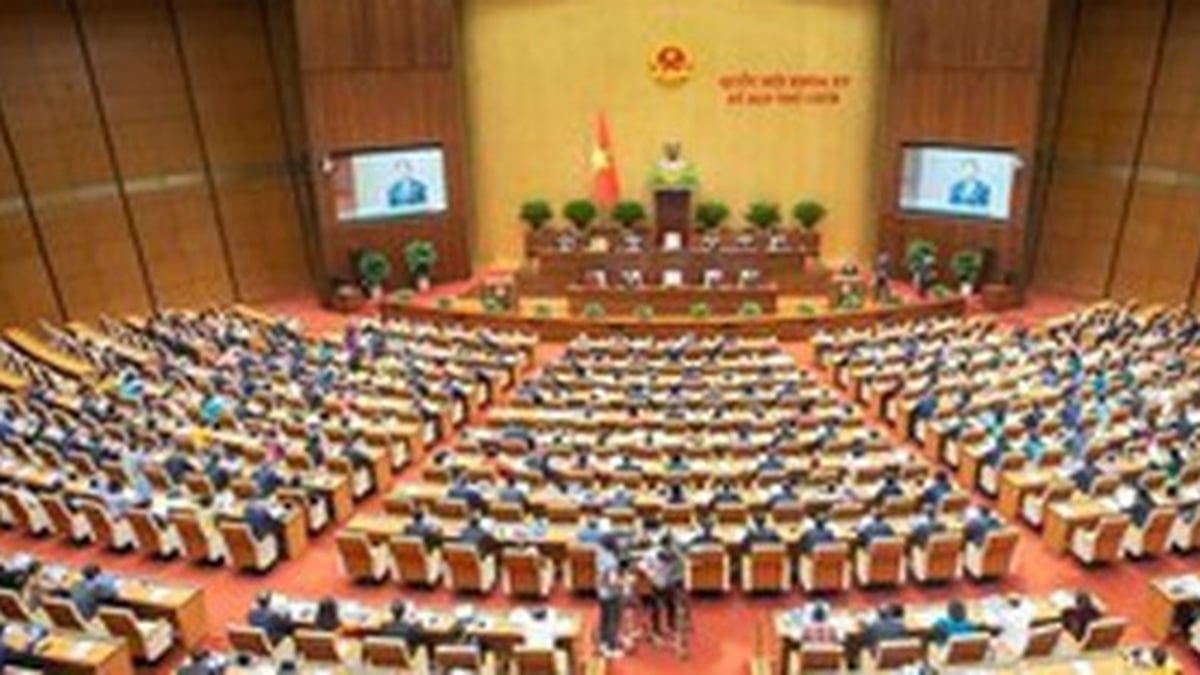
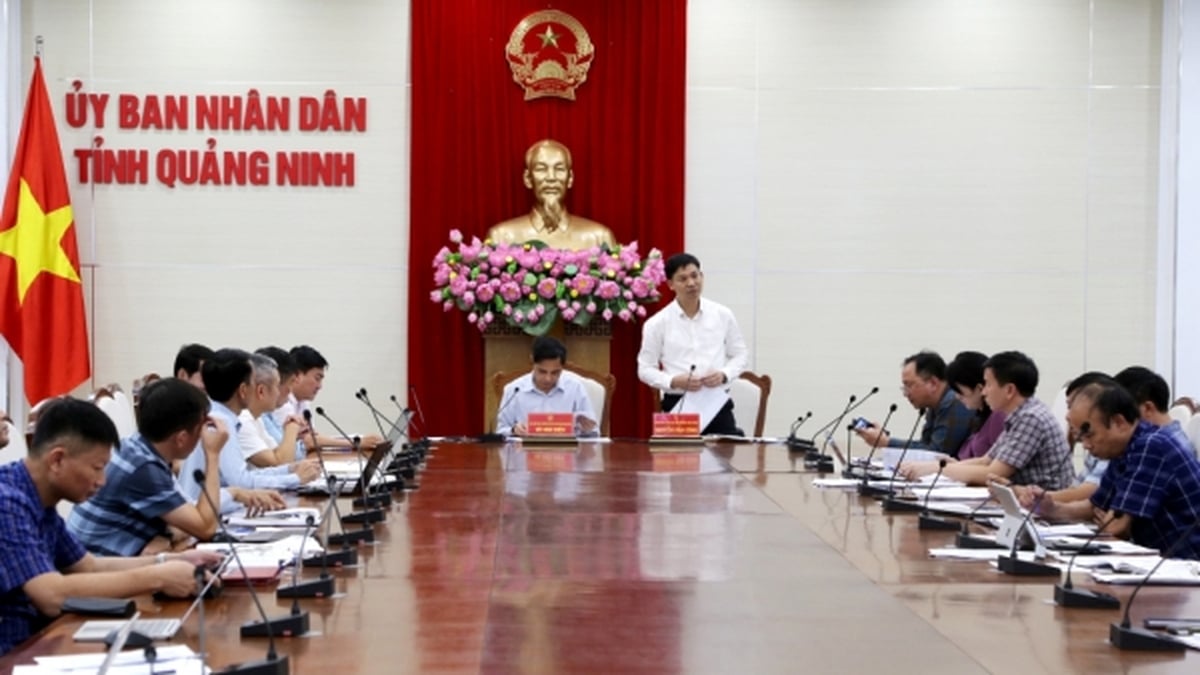


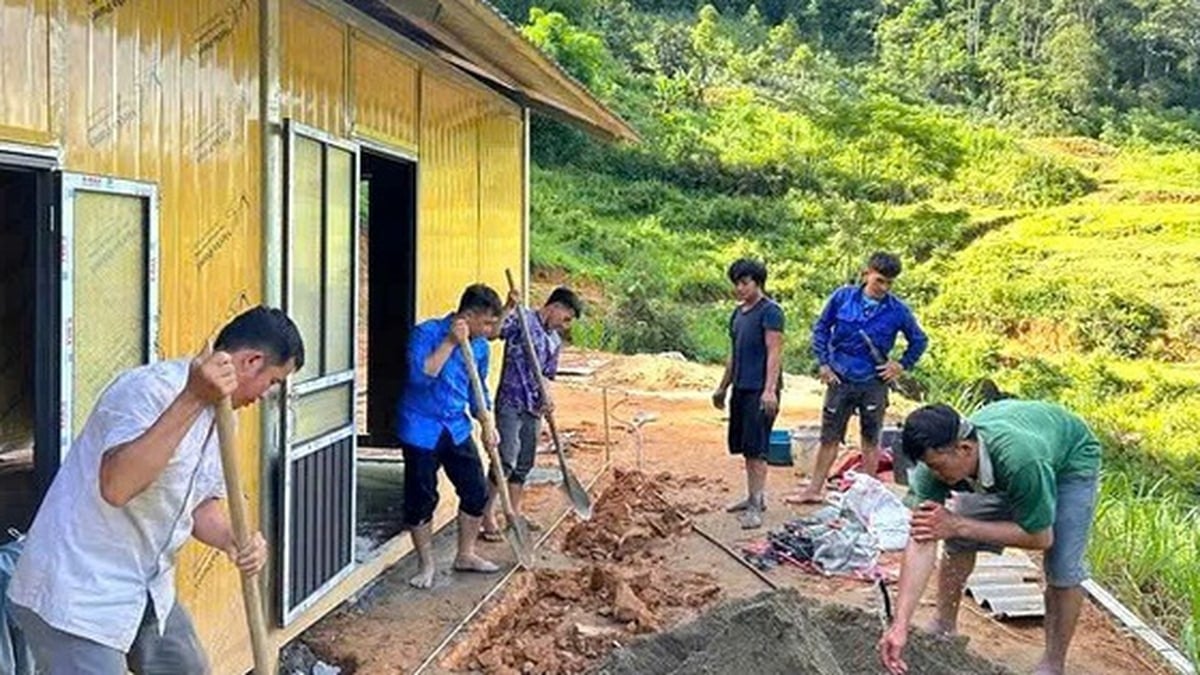
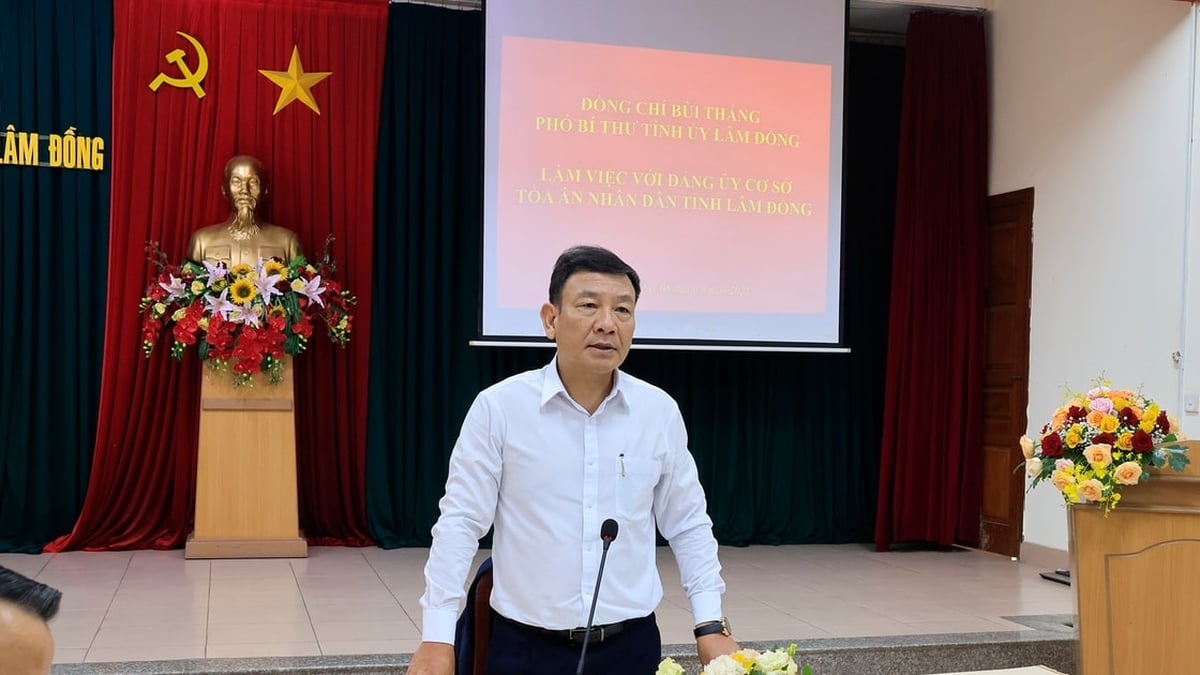
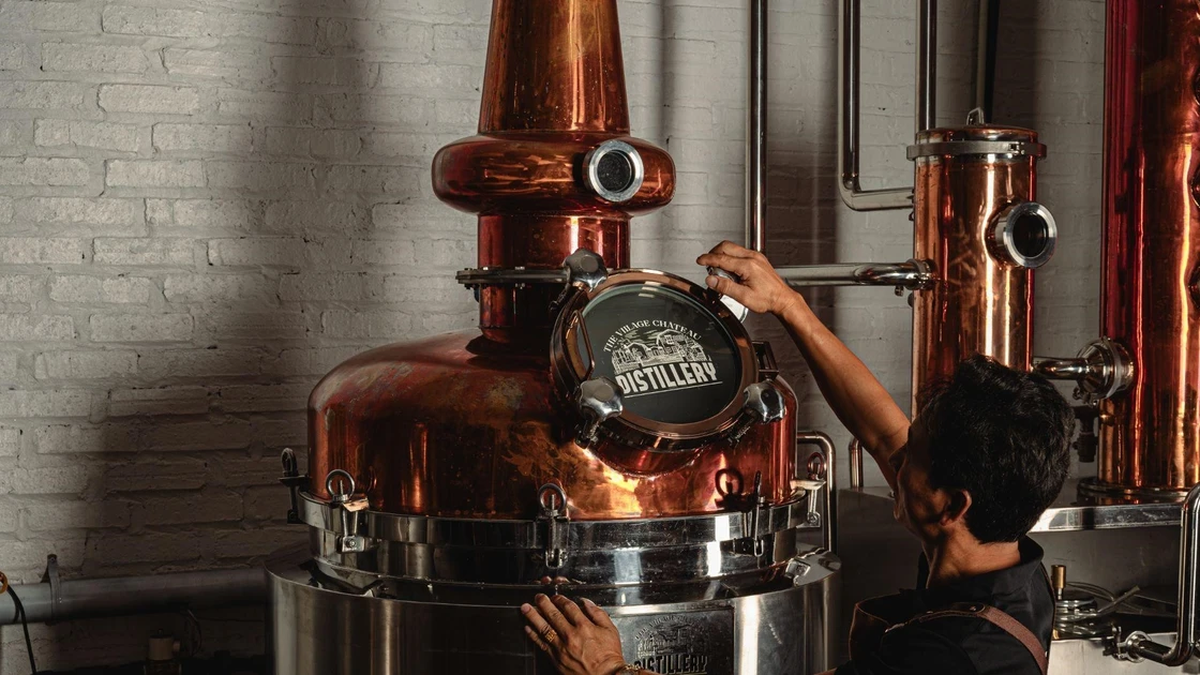
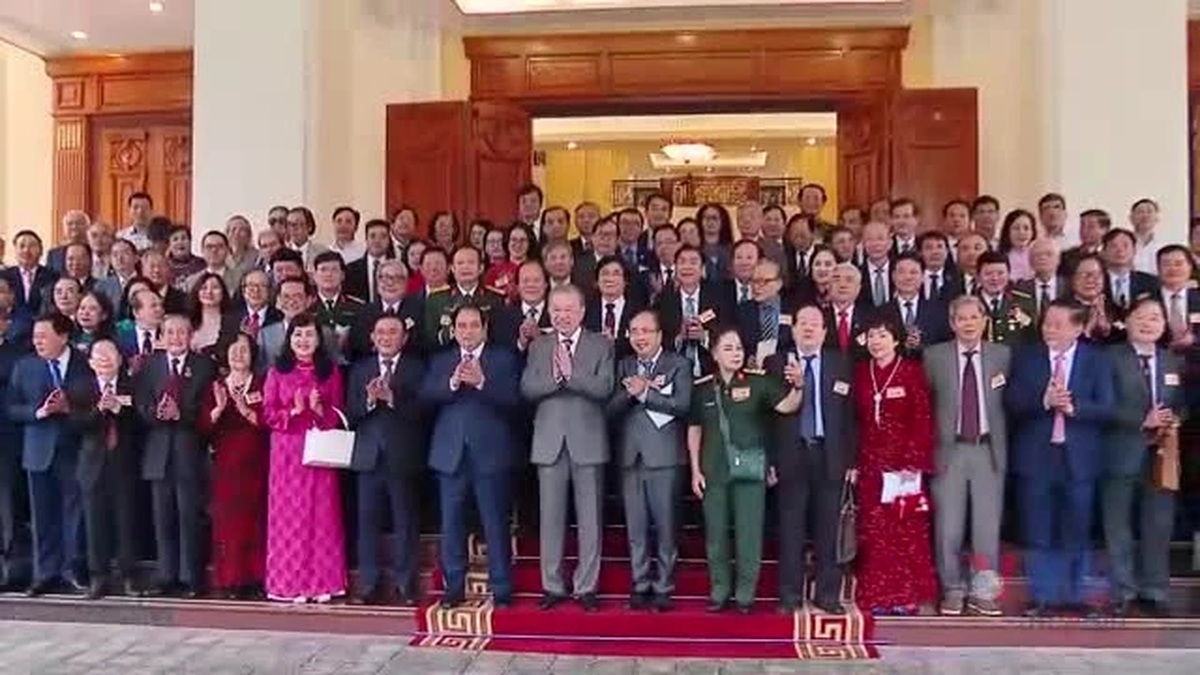
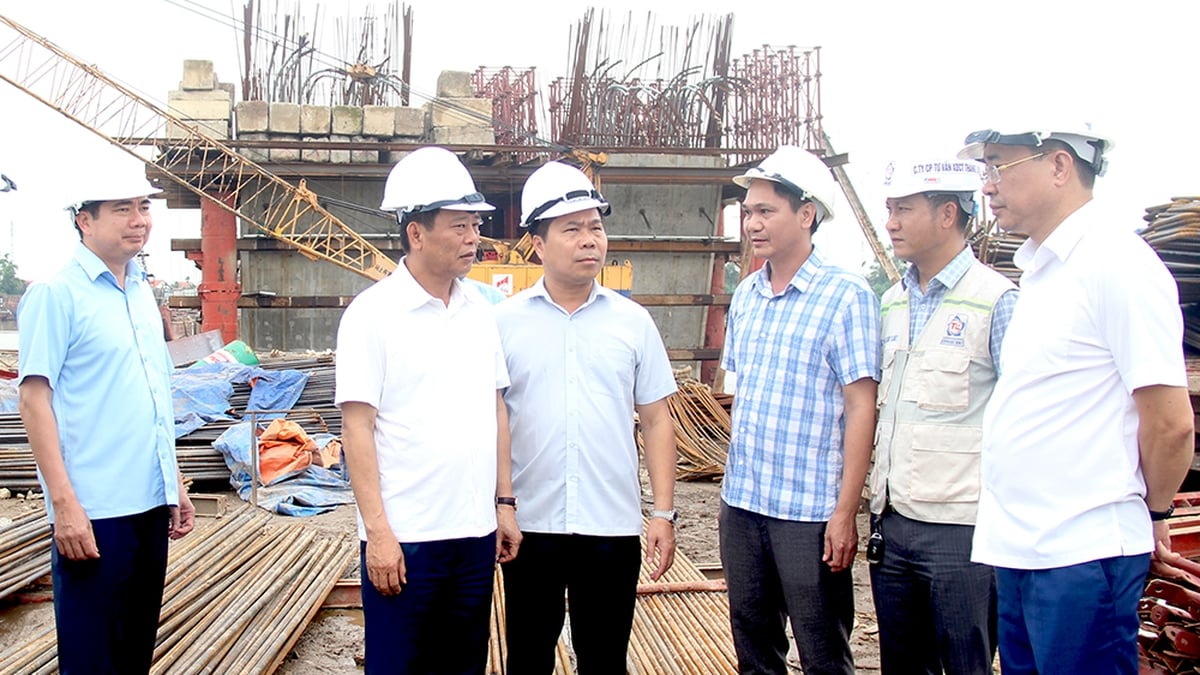











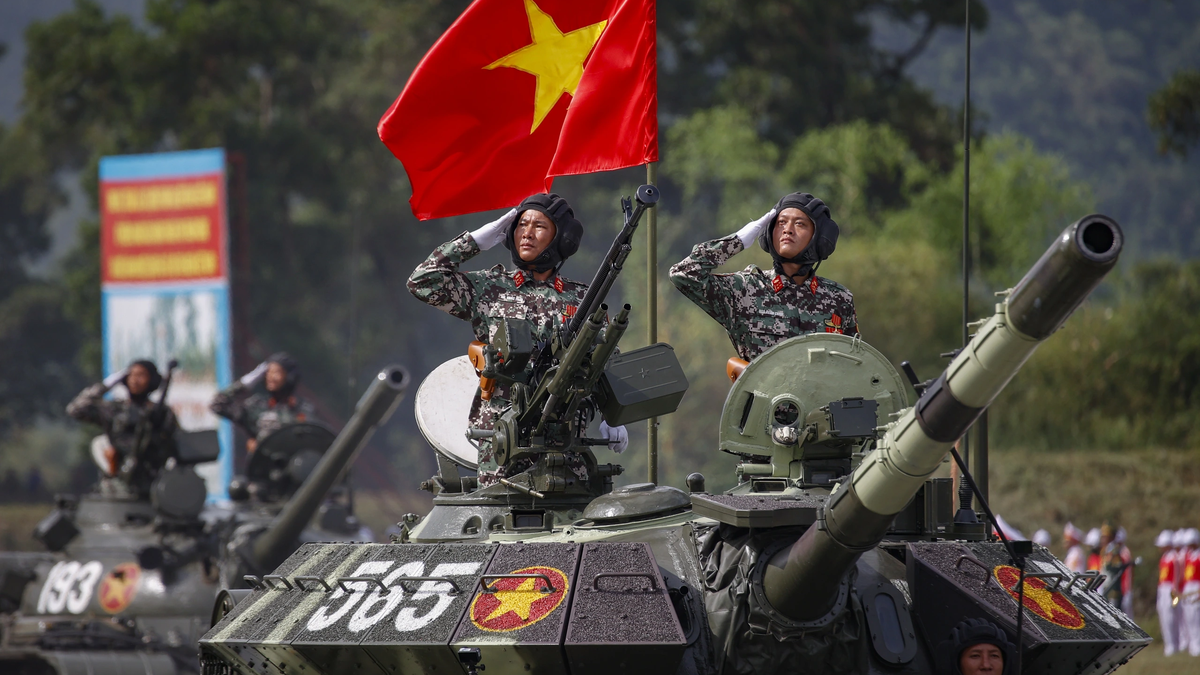
![[Photo] Discover the "wonder" under the sea of Gia Lai](https://vphoto.vietnam.vn/thumb/1200x675/vietnam/resource/IMAGE/2025/8/6/befd4a58bb1245419e86ebe353525f97)


![[Photo] Nghe An: Provincial Road 543D seriously eroded due to floods](https://vphoto.vietnam.vn/thumb/1200x675/vietnam/resource/IMAGE/2025/8/5/5759d3837c26428799f6d929fa274493)





























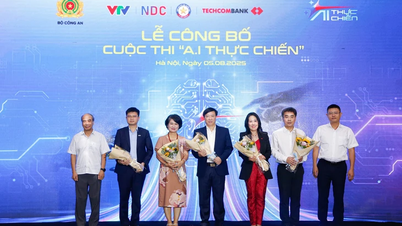
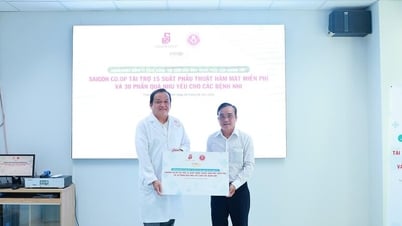



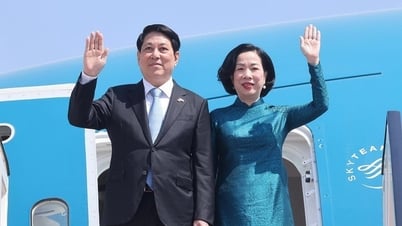


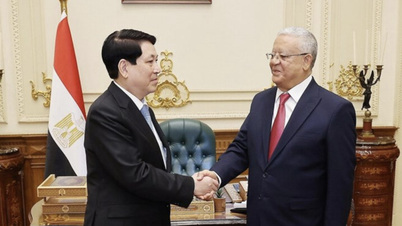



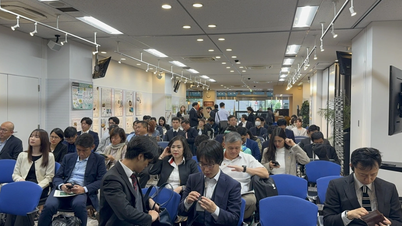

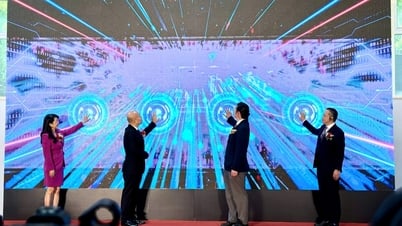
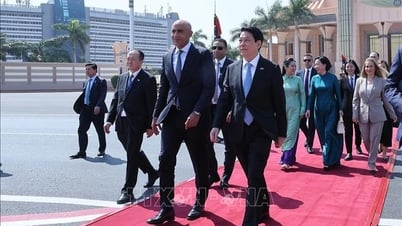

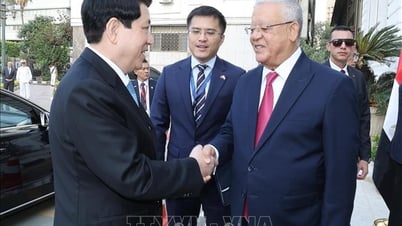
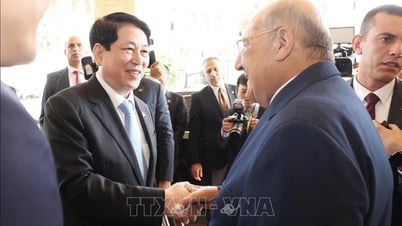
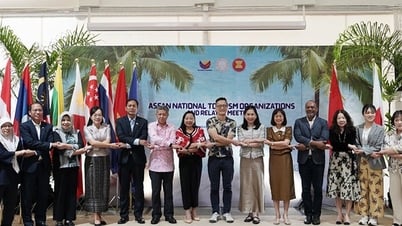














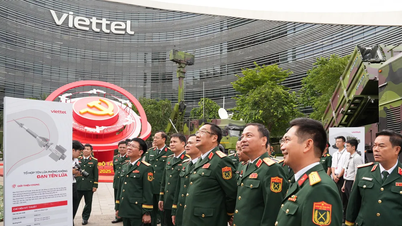

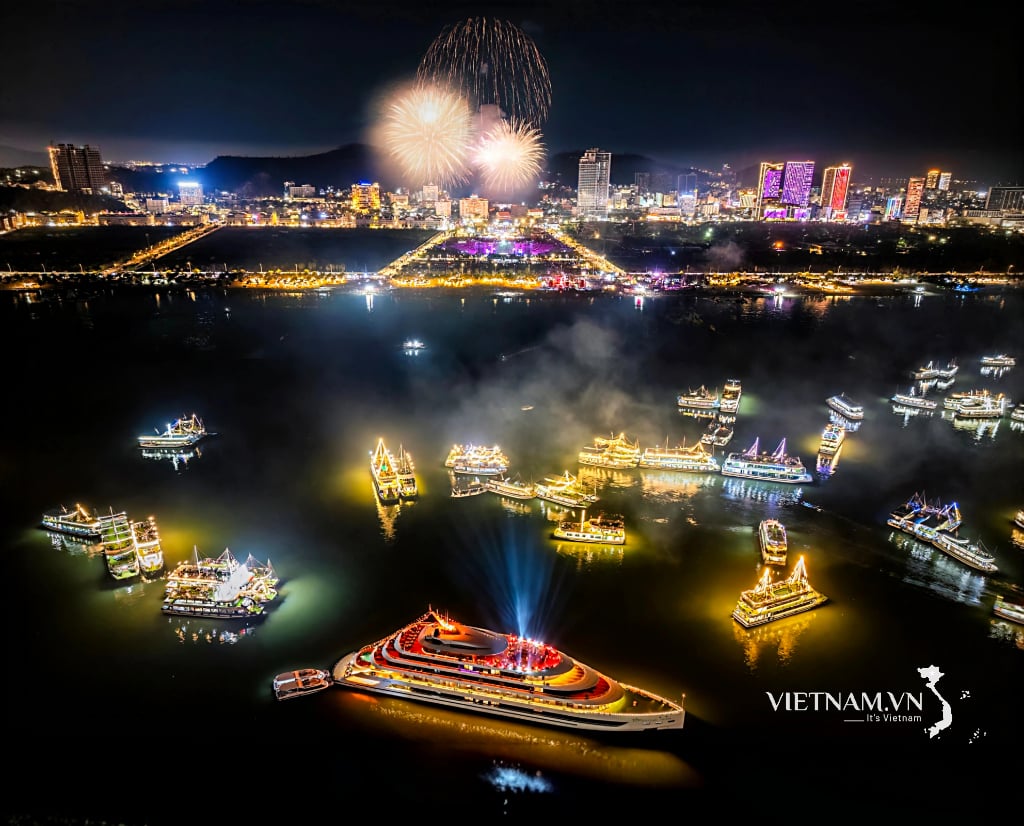


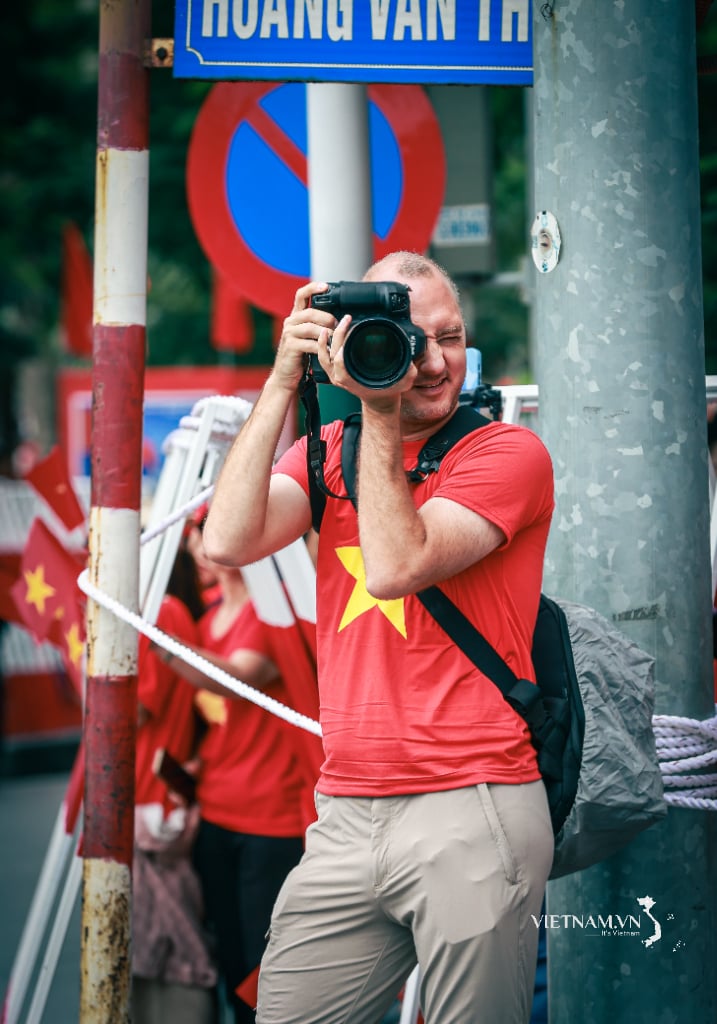
Comment (0)